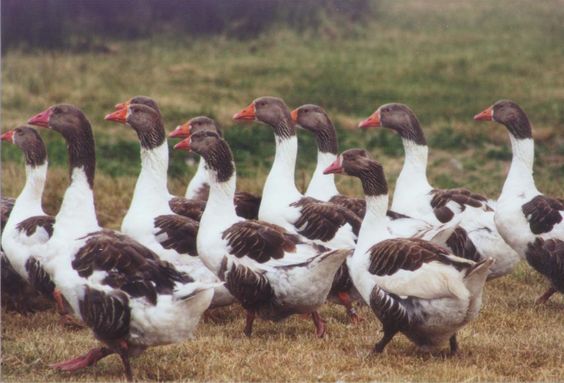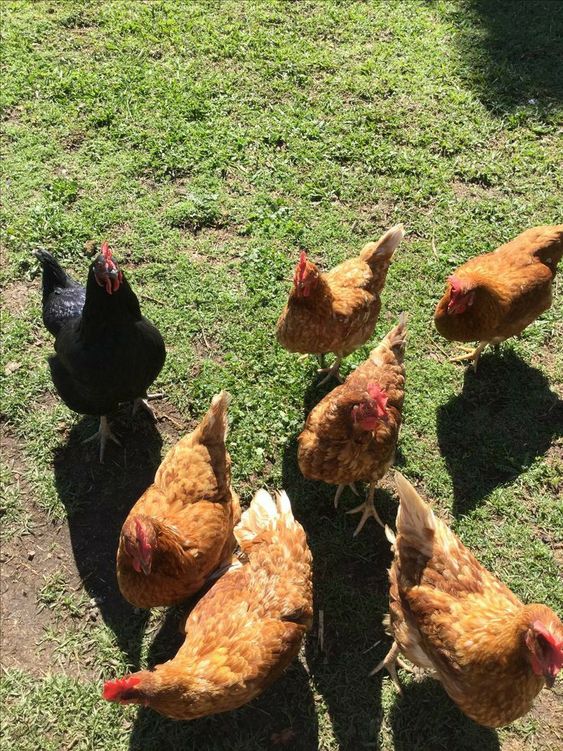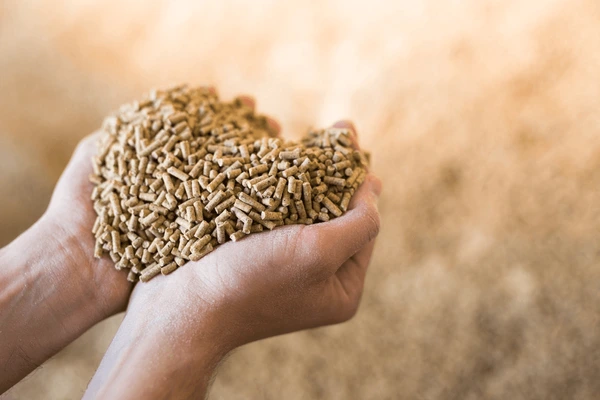Poultry Prices: Understanding Fluctuations and Finding Value
Poultry Prices, particularly chicken, is a staple protein source across the globe. It’s known for its affordability, versatility, and relative health benefits. However, like many other commodities, poultry prices can fluctuate, impacting consumer budgets and industry dynamics. This article dives deep into the world of poultry prices, exploring factors that influence them, historical trends, and tips for finding value on your next poultry purchase.
Understanding Poultry Price Components:
The price you pay for poultry at the grocery store reflects several underlying factors. Here’s a breakdown of the key components:
- Production Costs: Feed, housing, labor, and other expenses associated with raising poultry directly impact the final price. Fluctuations in grain prices, for example, can significantly influence production costs.
- Processing and Distribution: The cost of processing poultry into cuts and transporting it to retailers adds another layer to the final price. Economies of scale play a role here, with larger poultry producers potentially benefiting from lower processing and distribution costs.
- Supply and Demand: Basic economic principles dictate that poultry prices rise when demand outpaces supply and vice versa. Factors like consumer preferences, seasonal trends, and unexpected events (like disease outbreaks) can affect both supply and demand.
- Retailer Markups: Grocery stores add their own markup on top of the wholesale price of poultry to cover operating costs and generate profit.
Factors Influencing Poultry Prices:
Several factors contribute to the rise and fall of poultry prices. Let’s explore some of the most significant ones:
- Feed Costs: As mentioned earlier, feed is a major expense for poultry producers. When corn and soybean prices, primary components of poultry feed, go up, production costs increase, which can translate to higher poultry prices for consumers.
- Energy Prices: The energy used for poultry housing (heating and cooling) and transportation also influences costs. Fluctuations in energy prices can impact production and distribution expenses, ultimately affecting consumer prices.
- Disease Outbreaks: Avian influenza (bird flu) outbreaks can devastate poultry flocks, leading to shortages and price hikes. Governments might also implement restrictions on poultry movement to contain outbreaks, further disrupting supply chains.
- Seasonal Trends: Poultry consumption can rise during holidays like Thanksgiving and Christmas, leading to temporary price increases. Additionally, certain types of poultry, like turkeys, are naturally more expensive due to lower year-round demand.
- Consumer Preferences: Growing demand for organic, free-range, or other specialty chicken can influence prices. These production methods typically involve higher costs for producers, which translates to a higher price tag for consumers.
Historical Trends in Poultry Prices:
Poultry prices have fluctuated over time, influenced by the factors mentioned above. Generally, poultry prices tend to be more stable compared to other meats like beef or pork. However, there have been periods of significant price increases, often driven by specific events.
For instance, the outbreak of avian influenza in 2015 led to a temporary spike in poultry prices in some regions. Additionally, the ongoing conflict between Russia and Ukraine has disrupted global grain supplies, pushing up feed costs and potentially impacting future poultry prices.
Finding Value on Poultry Purchases:
Despite price fluctuations, poultry remains a relatively affordable protein source. Here are some tips for finding value on your next poultry purchase:
- Compare Prices: Check prices at different grocery stores and consider buying in bulk when prices are favorable.
- Buy Different Cuts: Opt for bone-in chicken breasts or thighs, which are typically cheaper than boneless, skinless varieties. You can easily remove bones and skin yourself for further savings.
- Consider Whole Chickens: Roasting a whole chicken is often more cost-effective per pound than buying pre-cut pieces. Leftovers can be used in various dishes throughout the week.
- Frozen Poultry: Frozen chicken can be a cheaper alternative to fresh, and the quality is often comparable. Just ensure proper thawing before cooking.
- Sales and Promotions: Look out for weekly sales flyers and take advantage of special offers on poultry products.
- Store Brands: Consider purchasing store-brand chicken, which is typically priced lower than name brands but offers similar quality.
Looking Forward: The Future of Poultry Prices
Predicting future poultry prices with certainty is difficult. However, several factors could influence prices in the coming years:
- Feed Prices: The outlook for grain prices will significantly impact production costs and ultimately, consumer prices. Factors such as weather patterns, global conflicts, and government policies can all influence feed prices.
- Technological Advancements: Technological advancements in poultry production, processing, and distribution could potentially lead to lower production costs over time.
- Consumer Preferences: The demand for specialty poultry products like organic or free-range is expected to continue growing, potentially pushing prices for these options higher.
- Sustainability Concerns: As consumers become more conscious of sustainability practices






